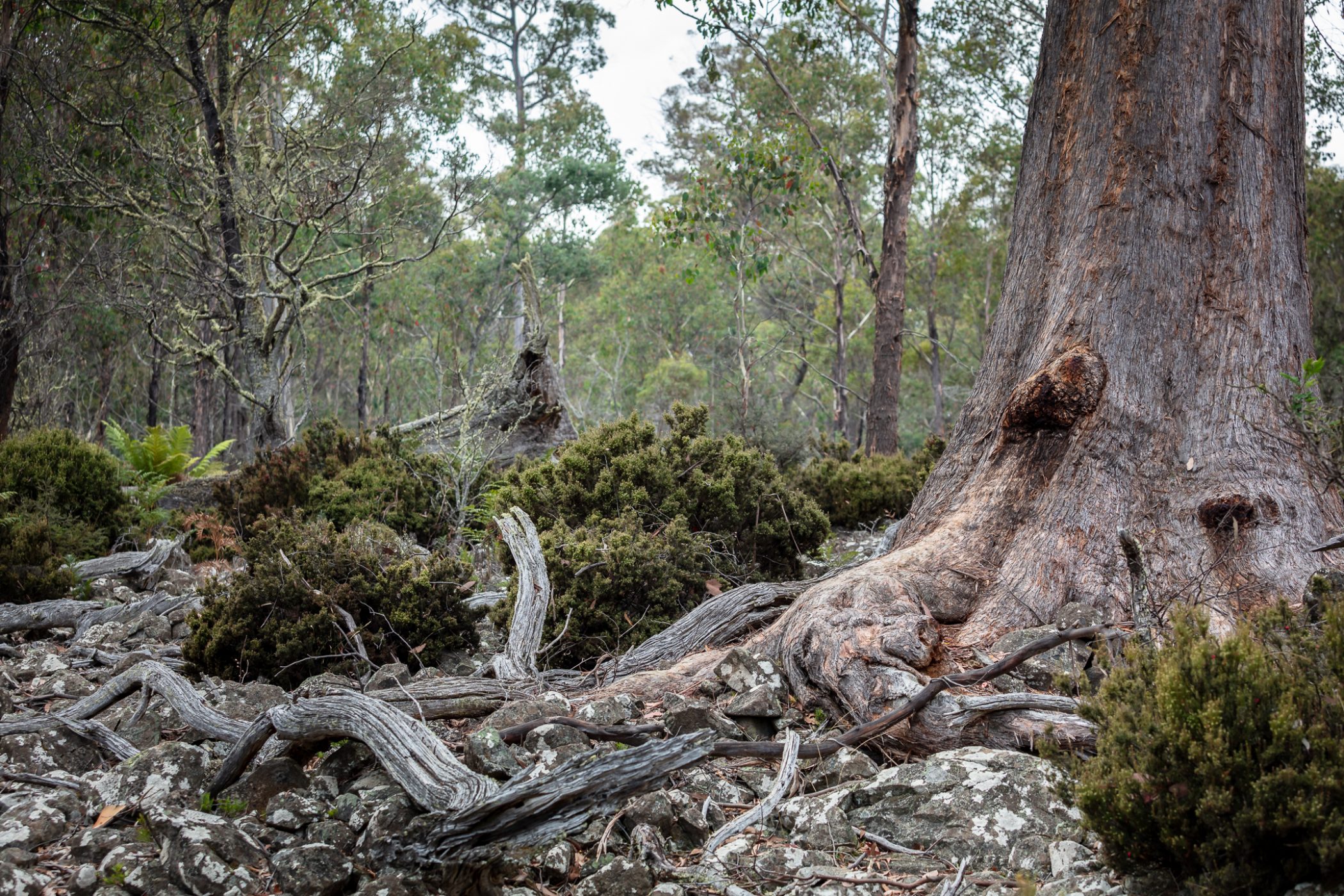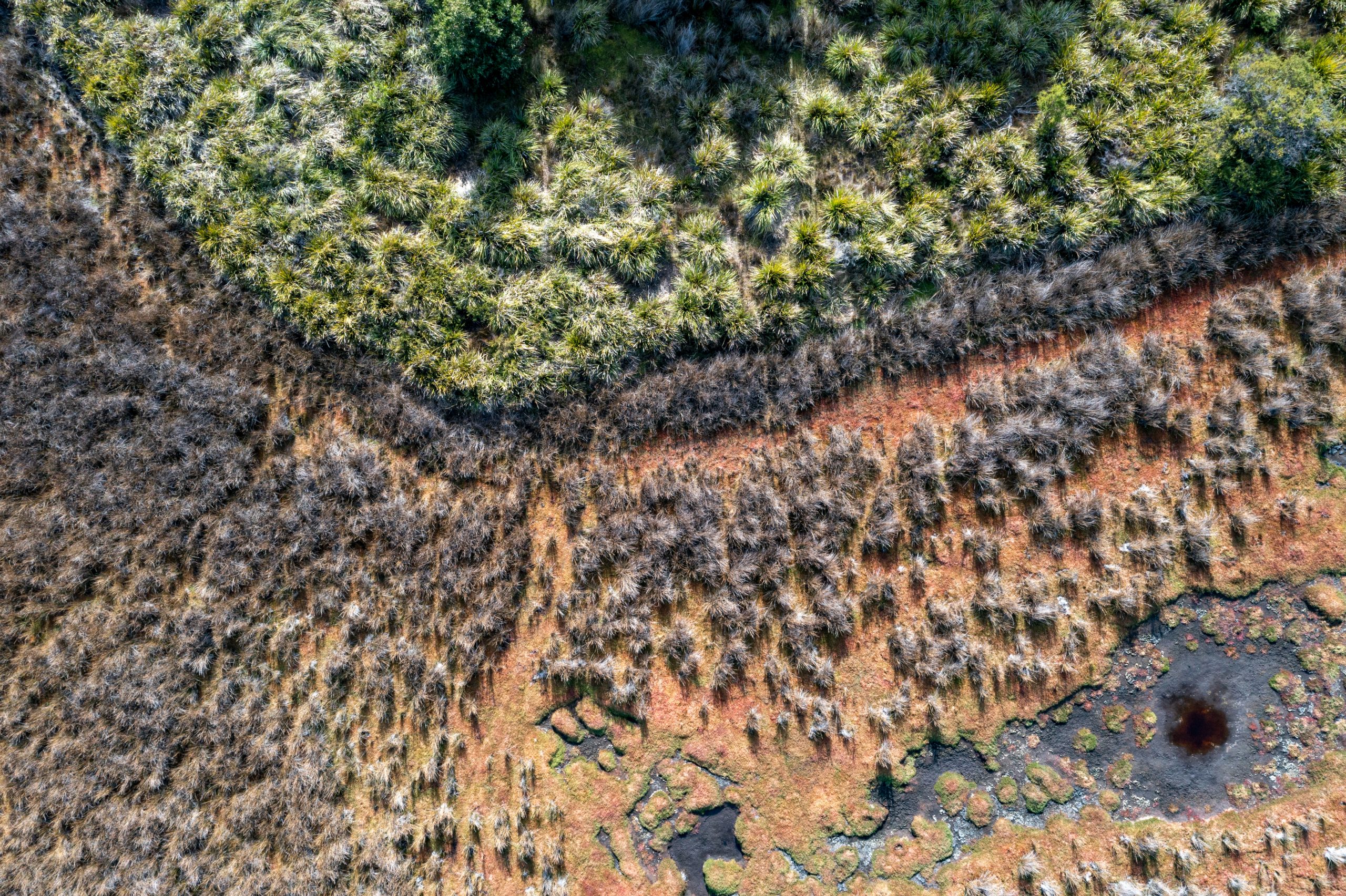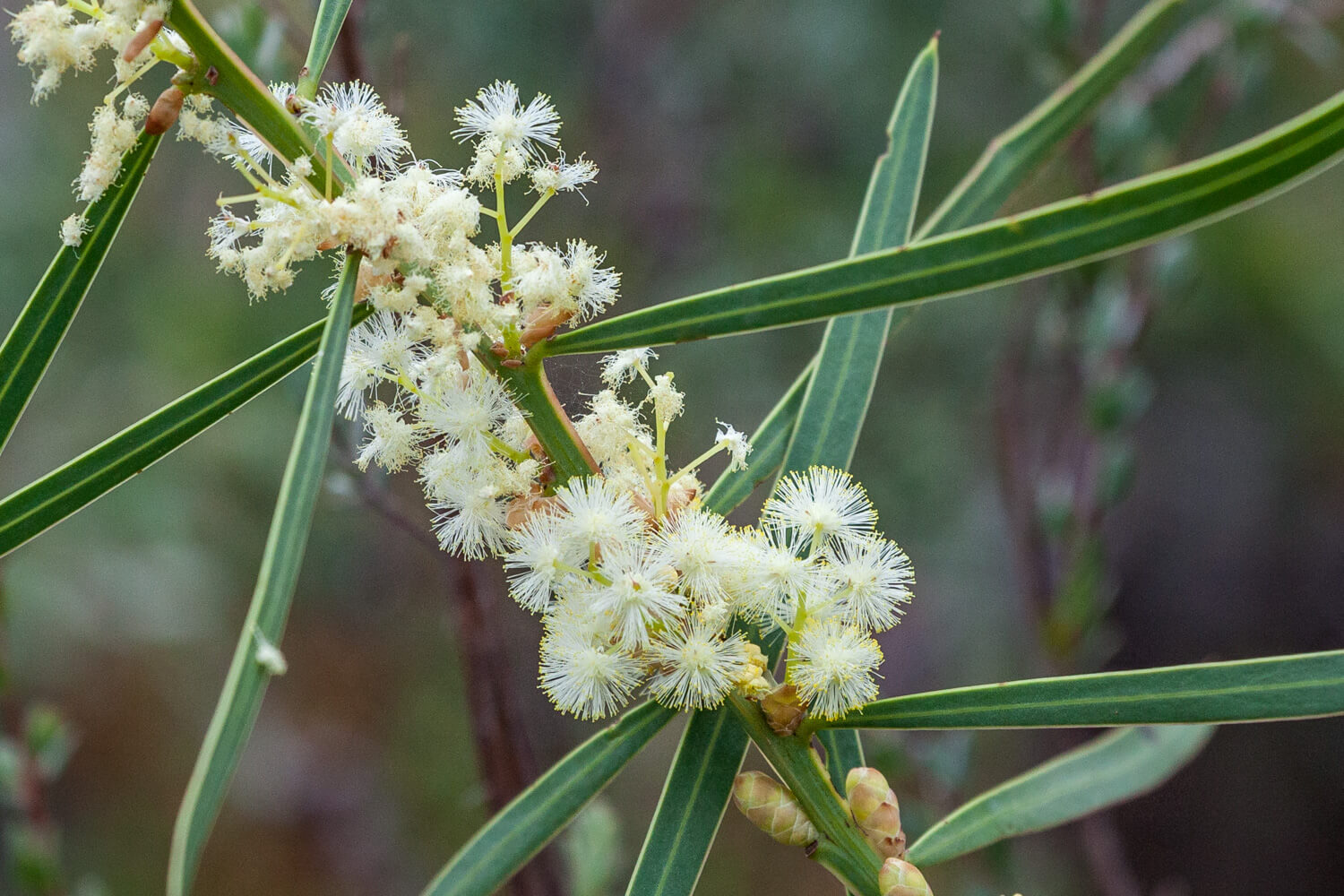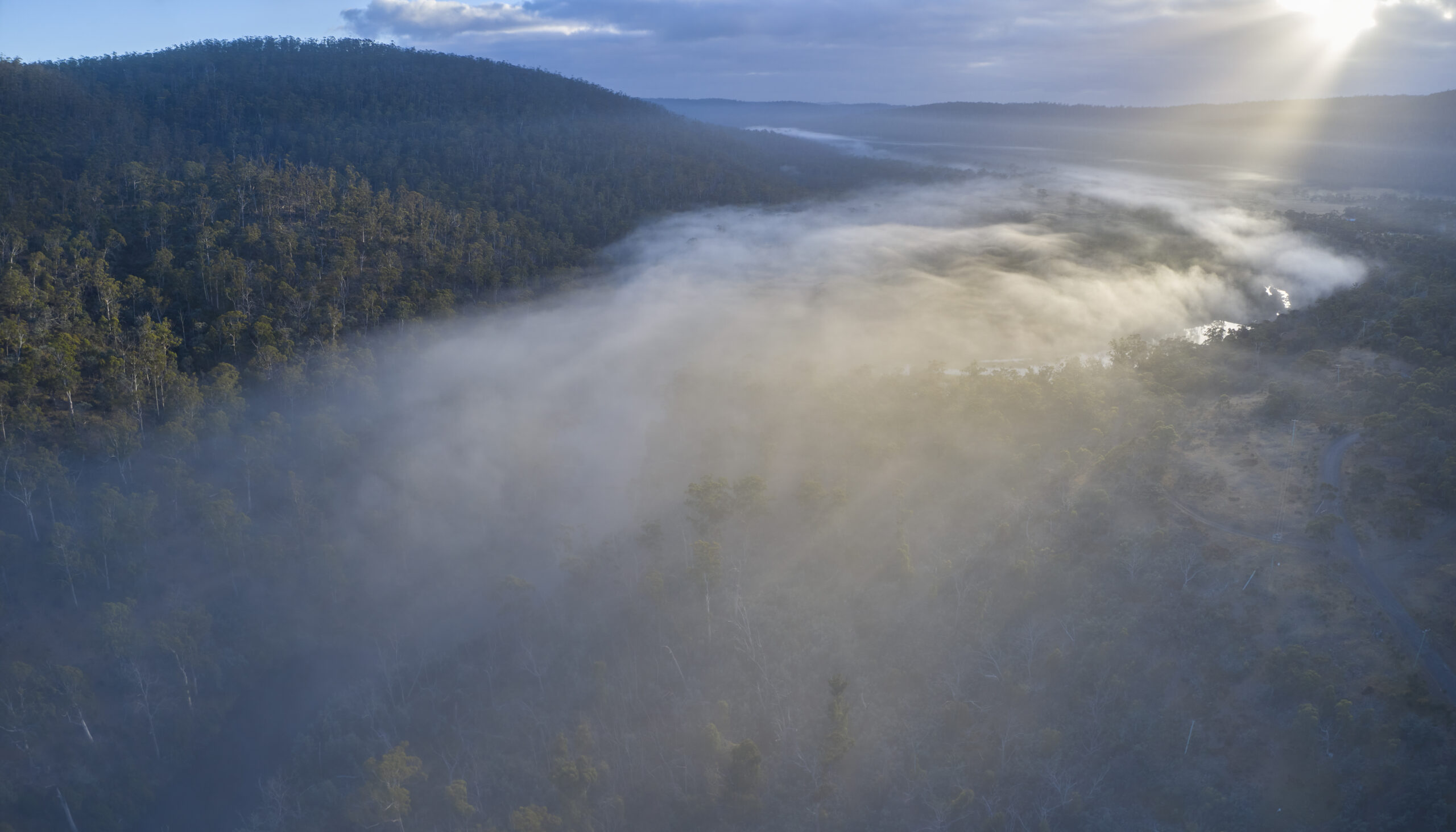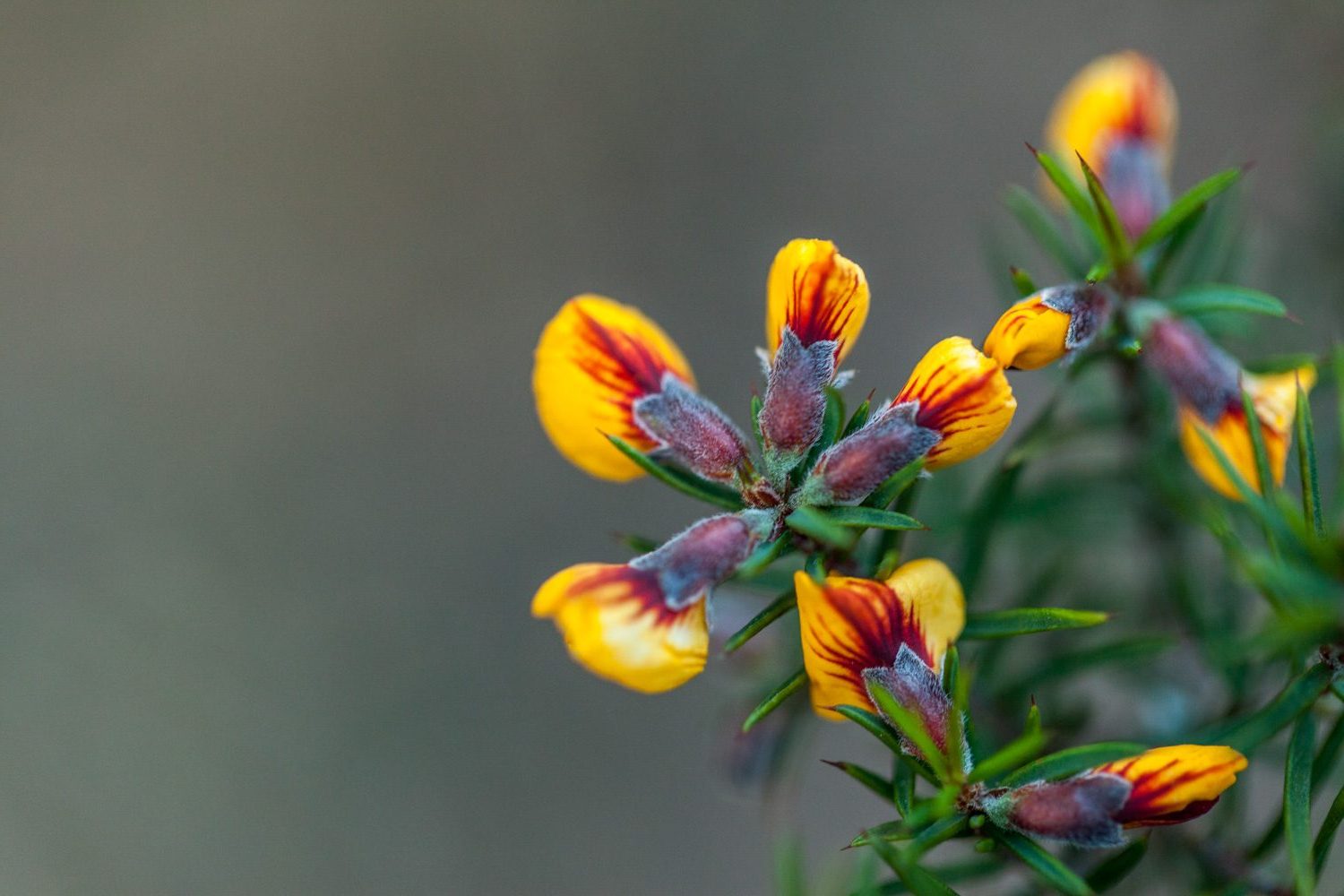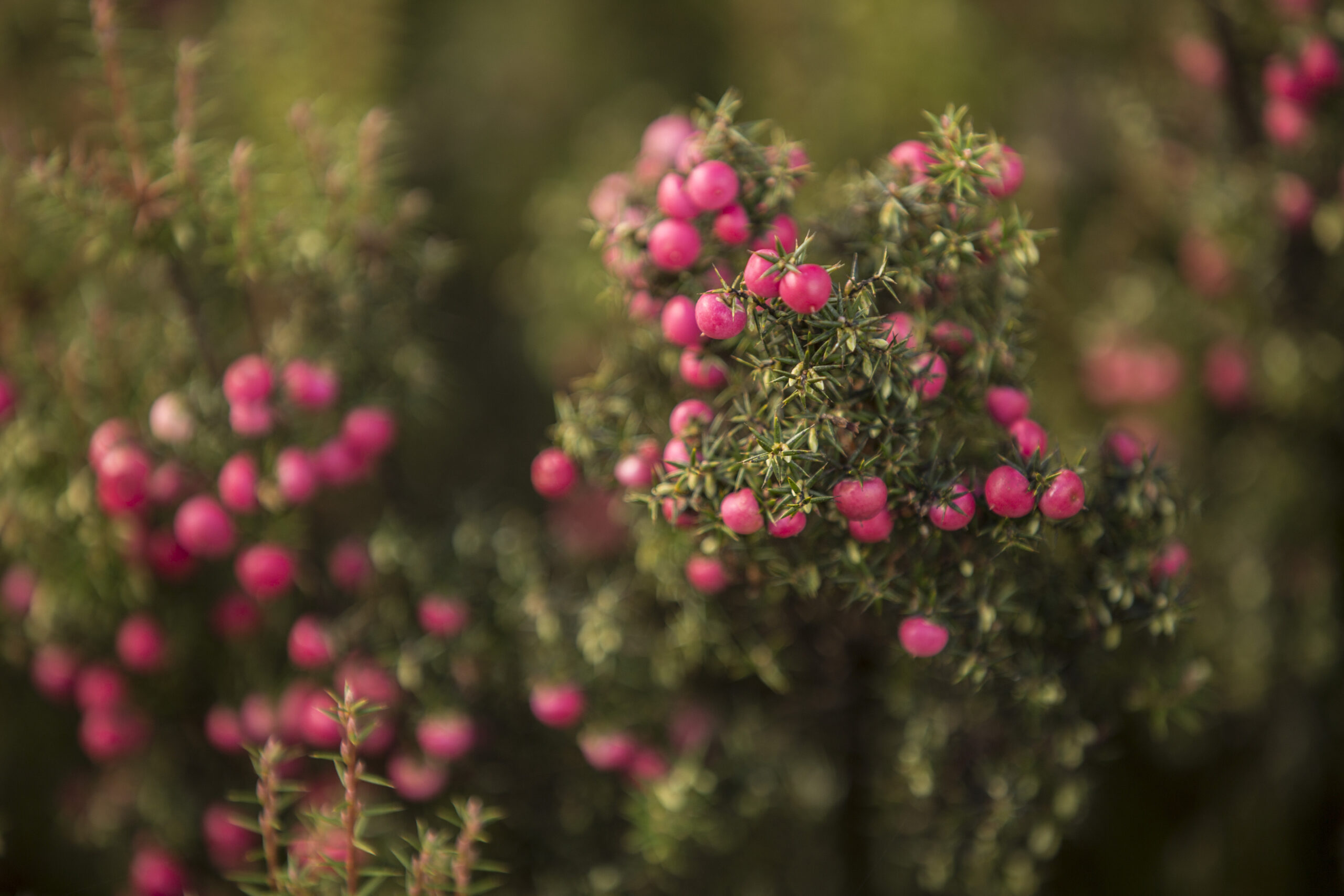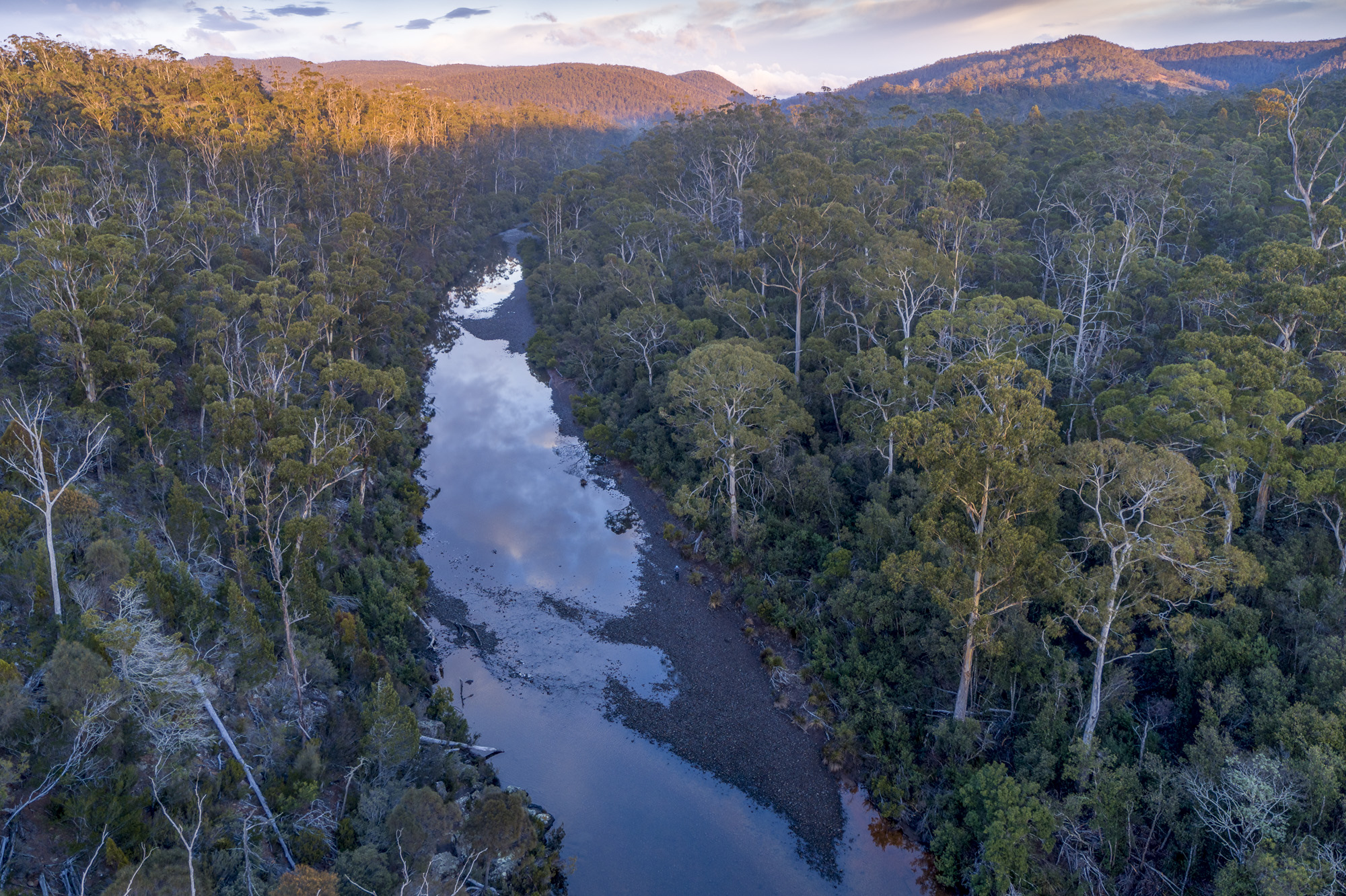03.06.2024
There’s no denying that Pine Tier, in Tasmania's Central Highlands is a special place. In this newsletter you'll find out about our campaign to permanently protect Pine Tier, TLC's Revolving Fund, our conservation prioritisation tool and much more.



